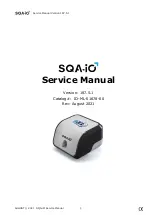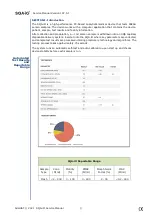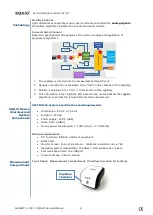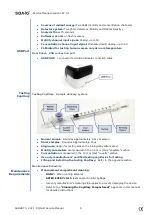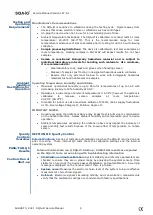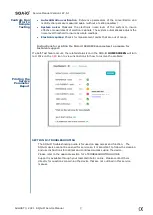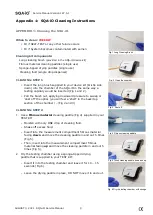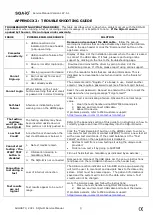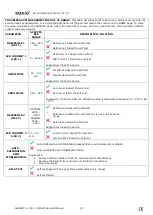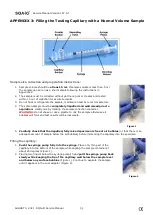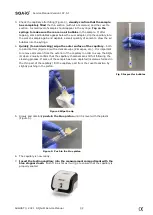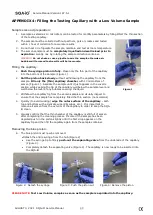
Service Manual Version 18
7
.5.1
AUGUST 3, 2021 SQA-iO Service Manual
13
APPENDIX 4: Filling the Testing Capillary with a Low Volume Sample
Sample size and preparation:
1.
A sample as small as 10 microliters can be tested for motility parameters by filling ONLY the thin section
of the testing capillary.
2.
The sample must be collected without partners, gels or creams and tested
within 1 hour of collection for accurate results.
3.
Do not heat or refrigerate the sample, maintain and test at room temperature
4.
The semen sample must be
completely liquefied and well mixed prior to
aspiration:
Gently mix by rotating the sample collection container.
WARNING:
Do not shake or use a pipette to mix the sample otherwise air
bubbles will form and test results will be inaccurate.
Filling the capillary:
1.
Push the syringe piston in fully
. Place only the thin part of the capillary
into the bottom of the sample (Figure 1).
2.
Pull the piston back slowly
without withdrawing the capillary from the
sample.
Fill only the (thin) capillary chamber
with 10 microliters of
semen (Figure 1). Aspirate the sample until it just appears in the cuvette
section while keeping the tip of the capillary well below the sample level and
well below the level of any bubbles covering the liquid.
3.
Withdraw the capillary tip from the semen sample and visually inspect to
ensure that the sample has completely filled the thin section (no meniscus).
4.
Quickly (to avoid wicking)
wipe the outer surface of the capillary
- both
top and bottom with a delicate wipe (Kimwipes, etc.). It is important to
remove all semen from the exterior of the capillary in order to keep the SQA-
iO clean.
5.
Visually confirm that the thin chamber of the capillary is still full of semen
after completing the cleaning process. If some of the sample has been
depleted push-in the piston slightly until the first drop appears on the
capillary tip and then fill the capillary again from the sample container.
Figure 1
Removing the blue piston:
6.
The blue piston must now be removed:
•
Detach the entire syringe from the hub (Figure 2)
•
Use the syringe tip to firmly
push-out the separating valve
from the underside of the capillary
(Figure 3).
•
Completely detach the separating valve (Figure 4). The capillary is now ready to be inserted into
the SQA-iO
Figure 2: Detach the syringe Figure 3: Push the piston out Figure 4: Remove the piston
PLEASE NOTE:
Test Low Volume samples as soon as the sample is aspirated into the capillary.

